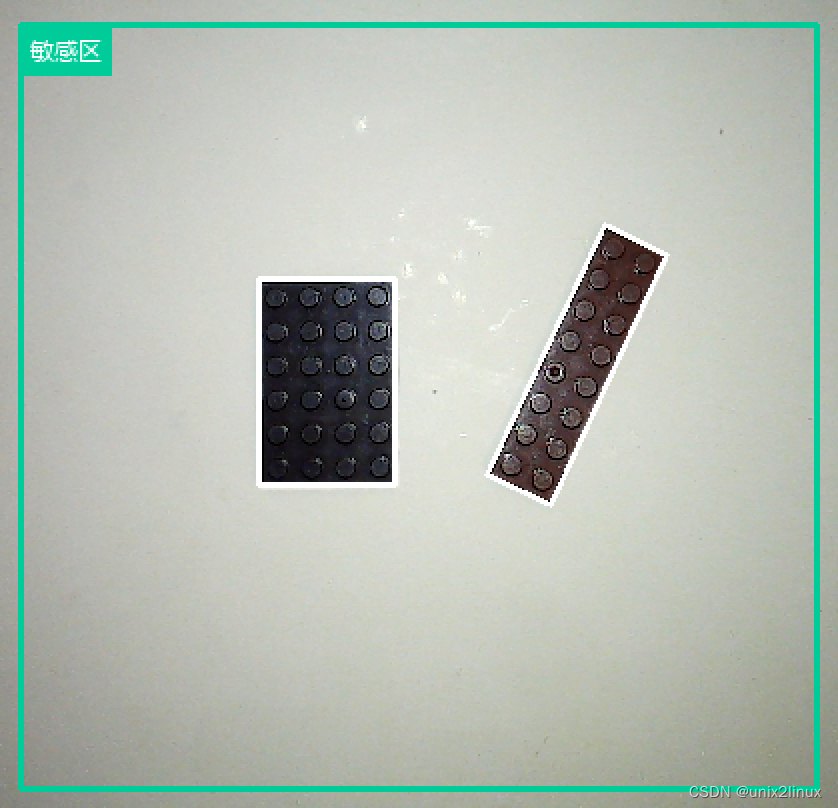为了帮助大家更深入的理解bean的作用域,特意将BeanDefinition的双例支持留到本章节中,创建Bean,相关Reader读取等逻辑都有所改动。
内容介绍
在Spring中,Bean的作用域(Scope)定义了Bean的生命周期和可见性。包括单例和原型,在本章节中我们将为Bean添加多例的支持,下面是Prototype作用域的几个特征介绍:
1. 多例(Prototype): Bean的prototype作用域表示每次从容器中获取该Bean时都会创建一个新的实例。每个请求或依赖注入都会导致创建一个全新的Bean对象。
2. 不受Spring容器管理: prototype作用域的Bean实例不受Spring容器的管理,容器在创建Bean之后不会再跟踪它。这意味着Spring容器不会负责释放或销毁prototype作用域的Bean。一旦Bean被创建并交给调用者,调用者负责Bean的生命周期,包括销毁。
3. 适用场景: prototype作用域适用于那些每次获取实例时都需要全新状态的Bean,例如,HTTP请求的处理器或线程池中的任务。这样可以确保每次获取的Bean都是独立的,不会影响其他实例。
这里设计到设计模式中的原型模式,形象地说,可以将prototype作用域的Bean比喻为一个不断复制的模具。每次你需要一个新的Bean实例时,Spring容器会根据模具再次制作一个全新的Bean。这个模具本身不受容器管理,而是由你自己管理它的生命周期。这与singleton作用域的Bean不同,后者是像一个单一的实例化对象,由容器管理其生命周期。
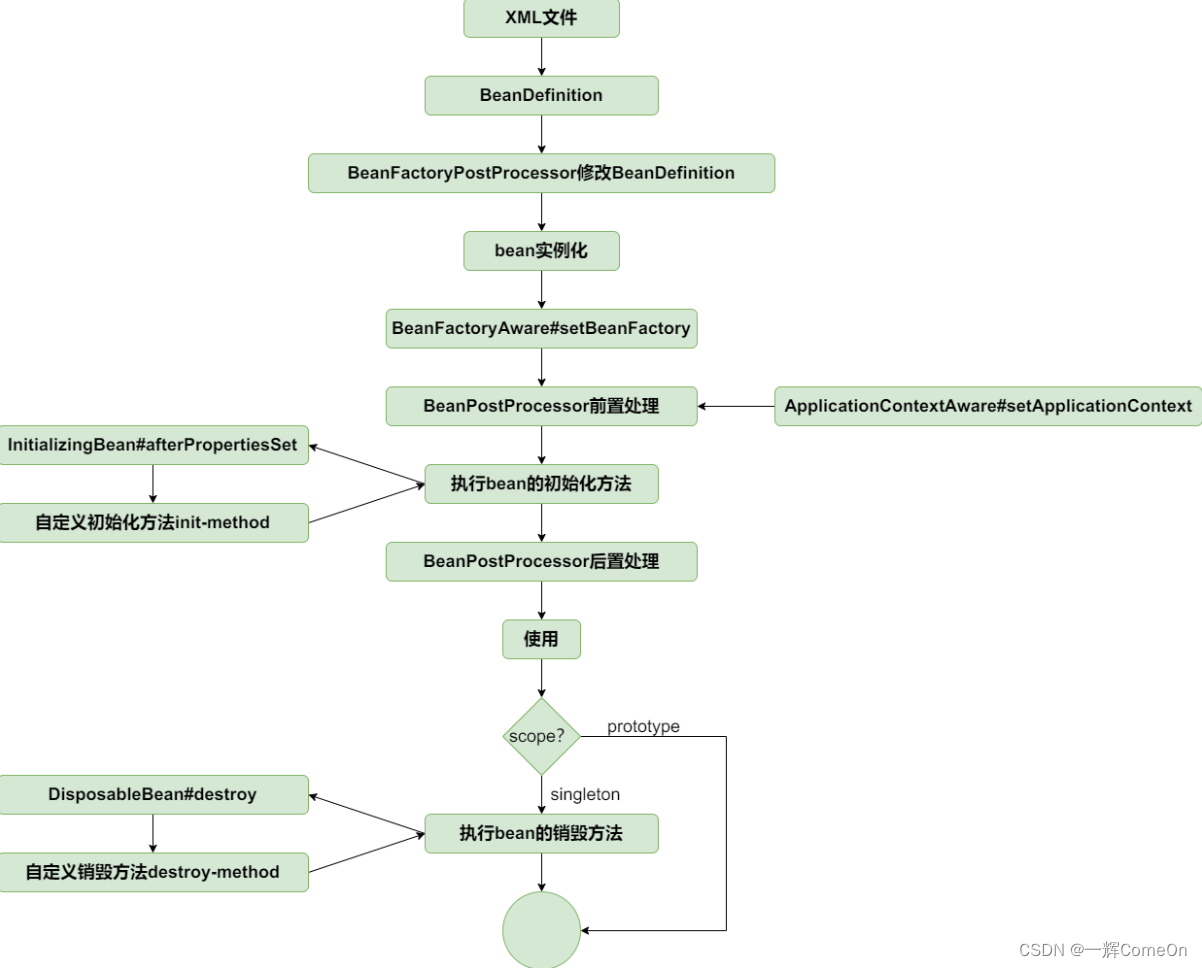
可见prototype类型的bean并不受spring容器的管理,你需要自己负责销毁或释放这些Bean实例,以防止内存泄漏。
代码分支
GitHub - yihuiaa/little-spring: 剖析Spring源码,包括常见特性IOC、AOP、三级缓存等...剖析Spring源码,包括常见特性IOC、AOP、三级缓存等... Contribute to yihuiaa/little-spring development by creating an account on GitHub.![]() https://github.com/yihuiaa/little-spring
https://github.com/yihuiaa/little-spring
核心代码
BeanDefinition
private String scope = SCOPE_SINGLETON;private boolean singleton = true;private boolean prototype = false;public static String SCOPE_SINGLETON = "singleton";public static String SCOPE_PROTOTYPE = "prototype";public void setScope(String scope) {this.scope = scope;this.singleton = SCOPE_SINGLETON.equals(scope);this.prototype = SCOPE_PROTOTYPE.equals(scope);}public boolean isSingleton() {return this.singleton;}public boolean isPrototype() {return this.prototype;}AbstractAutowireCapableBeanFactory#doCreateBean()
... protected Object doCreateBean(String beanName, BeanDefinition beanDefinition) {Object bean = null;try {bean = createBeanInstance(beanDefinition);//为bean填充属性applyPropertyValues(beanName, bean, beanDefinition);//执行bean的初始化方法和BeanPostProcessor的前置和后置处理方法initializeBean(beanName, bean, beanDefinition);} catch (Exception e) {throw new BeansException("Instantiation of bean failed", e);}//注册有销毁方法的beanregisterDisposableBeanIfNecessary(beanName, bean, beanDefinition);if (beanDefinition.isSingleton()) {addSingleton(beanName, bean);}return bean;}
...AbstractAutowireCapableBeanFactory#registerDisposableBeanIfNecessary()
/*** 注册有销毁方法的bean,即bean继承自DisposableBean或有自定义的销毁方法** @param beanName* @param bean* @param beanDefinition*/protected void registerDisposableBeanIfNecessary(String beanName, Object bean, BeanDefinition beanDefinition) {//只有singleton类型bean会执行销毁方法if (beanDefinition.isSingleton()) {if (bean instanceof DisposableBean || StrUtil.isNotEmpty(beanDefinition.getDestroyMethodName())) {registerDisposableBean(beanName, new DisposableBeanAdapter(bean, beanName, beanDefinition));}}}
测试
prototype-bean.xml
<?xml version="1.0" encoding="UTF-8"?>
<beans xmlns="http://www.springframework.org/schema/beans"xmlns:xsi="http://www.w3.org/2001/XMLSchema-instance"xmlns:context="http://www.springframework.org/schema/context"xsi:schemaLocation="http://www.springframework.org/schema/beanshttp://www.springframework.org/schema/beans/spring-beans.xsdhttp://www.springframework.org/schema/contexthttp://www.springframework.org/schema/context/spring-context-4.0.xsd"><bean id="car" class="bean.Car" scope="prototype"><property name="name" value="Rolls-Royce"/></bean></beans>单元测试
public class PrototypeBeanTest {@Testpublic void testPrototype() throws Exception {ClassPathXmlApplicationContext applicationContext = new ClassPathXmlApplicationContext("classpath:prototype-bean.xml");Car car1 = applicationContext.getBean("car", Car.class);Car car2 = applicationContext.getBean("car", Car.class);System.out.println(car1 == car2);;}
}
测试结果
false
Process finished with exit code 0

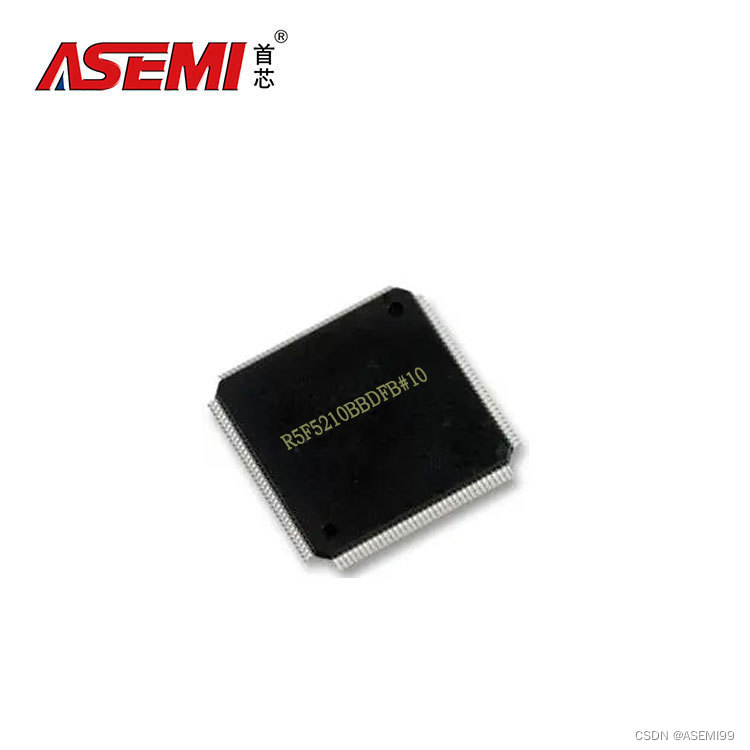

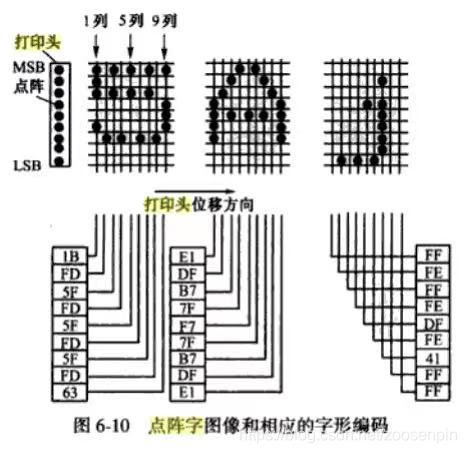




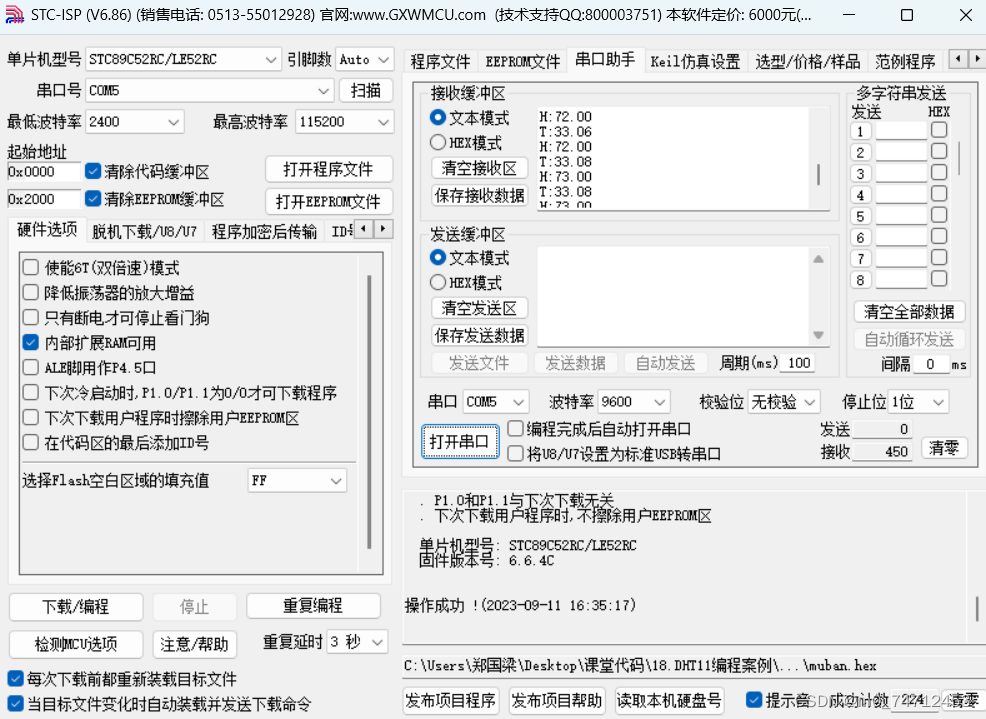


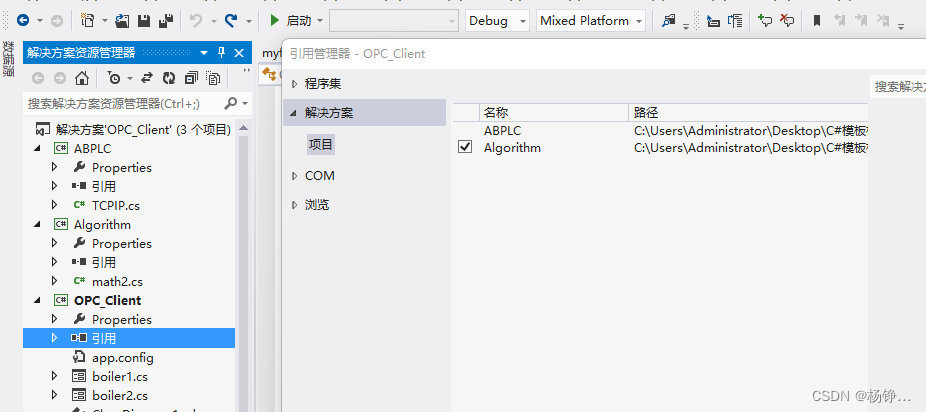



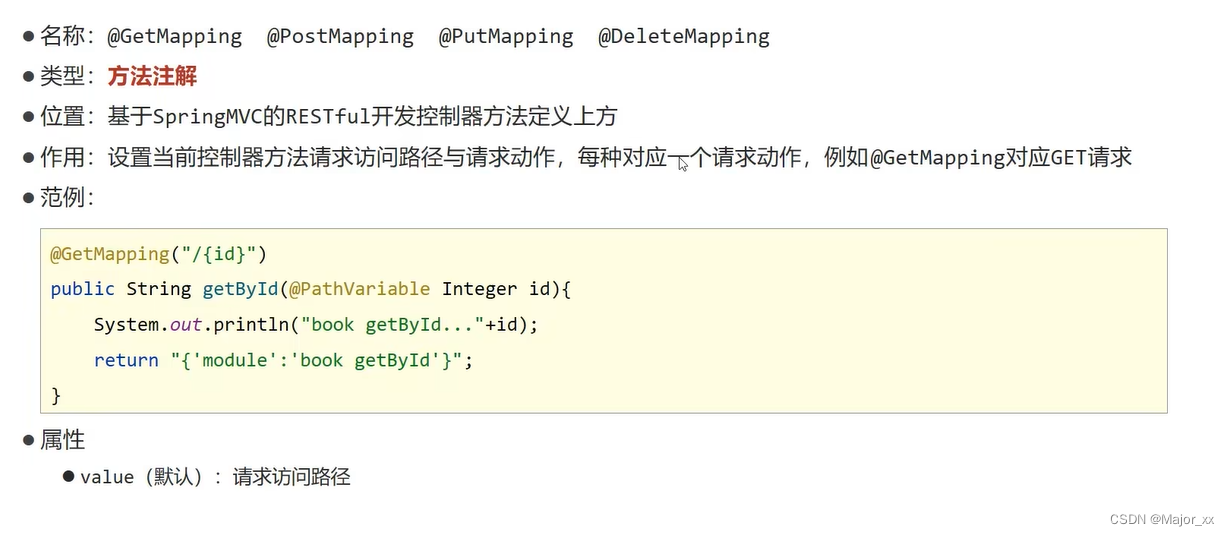
![[SICTF 2023] webmisc](https://img-blog.csdnimg.cn/b3205e2160964487bdf695e6e51c91d4.png)
